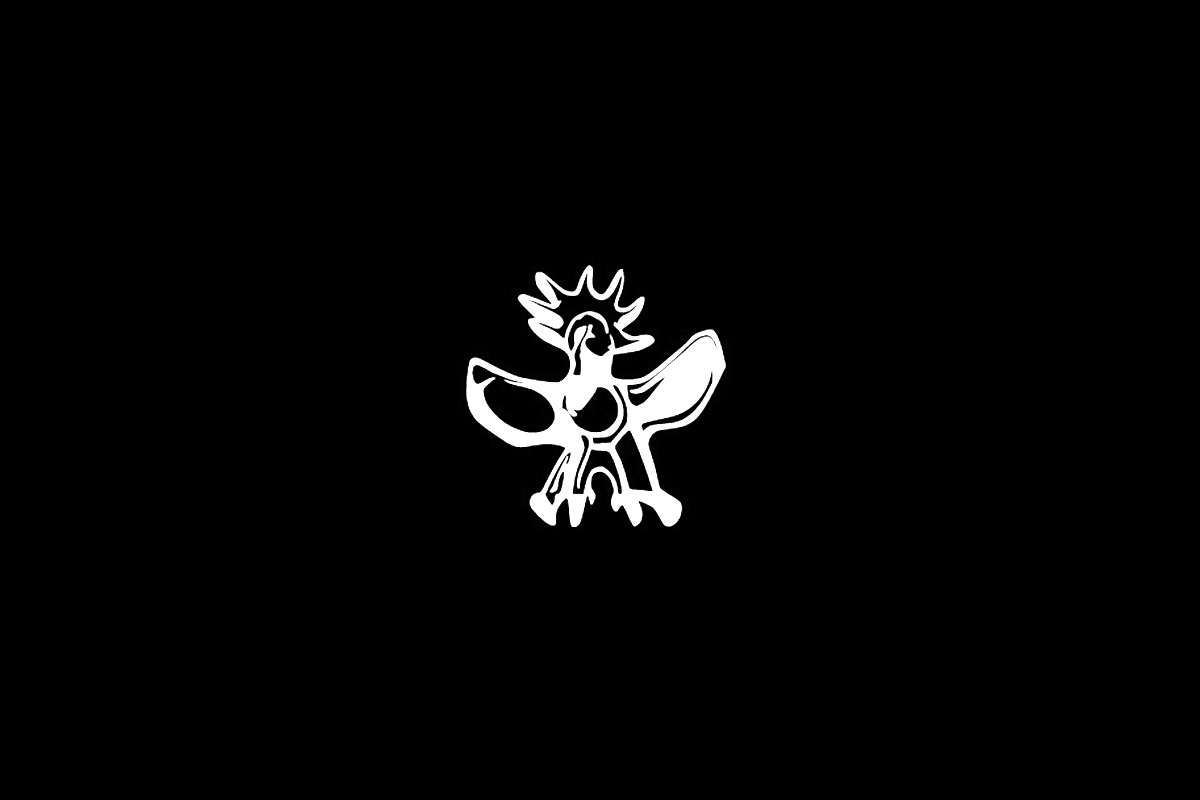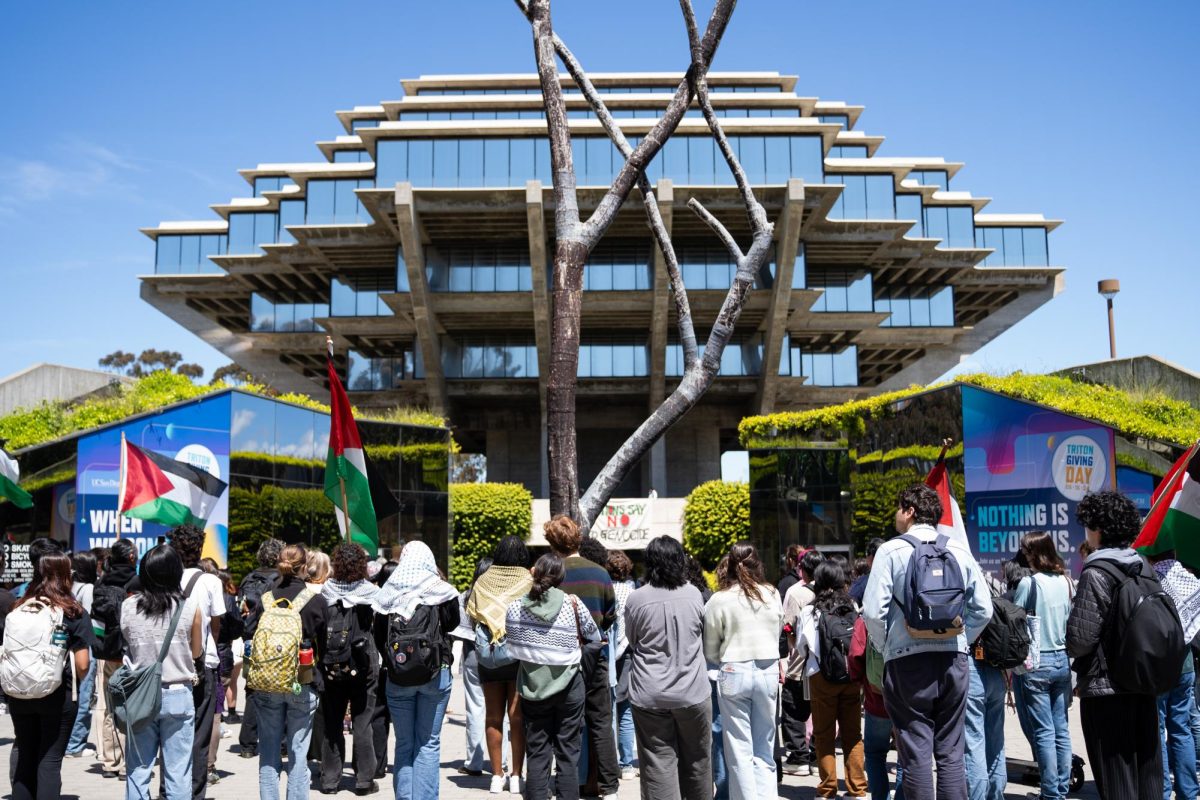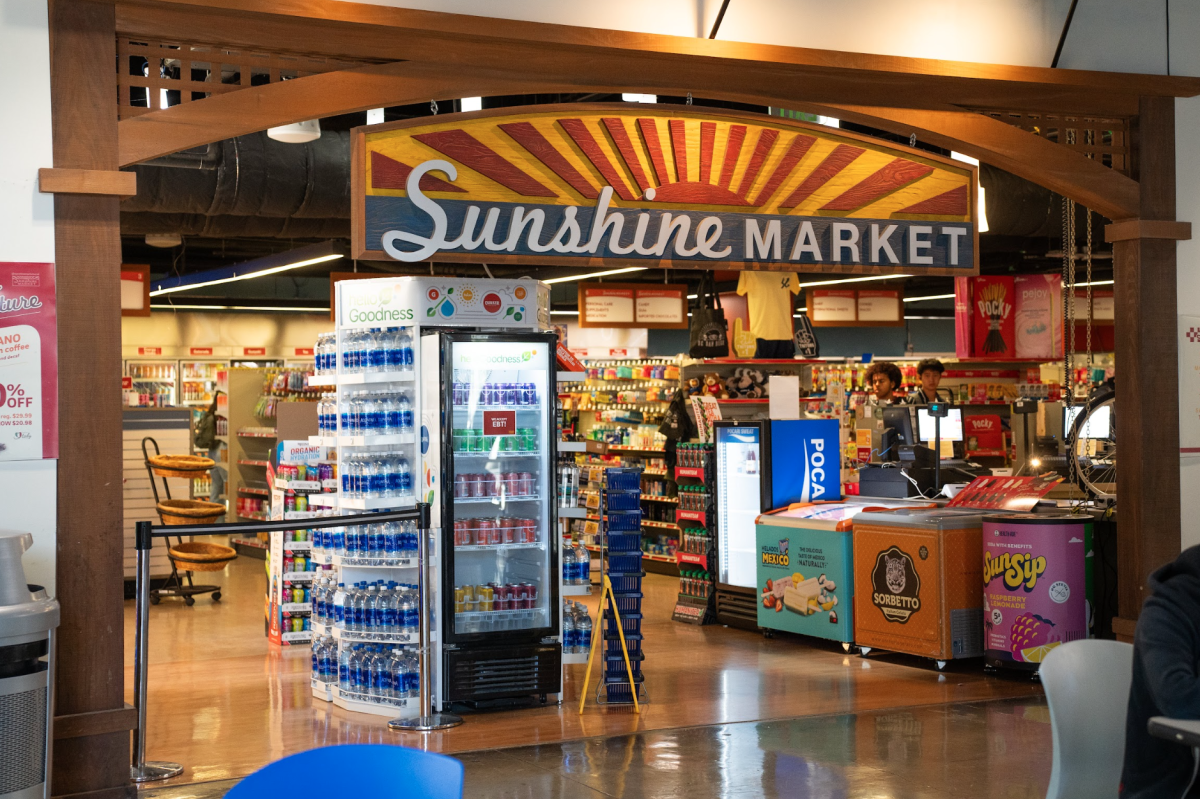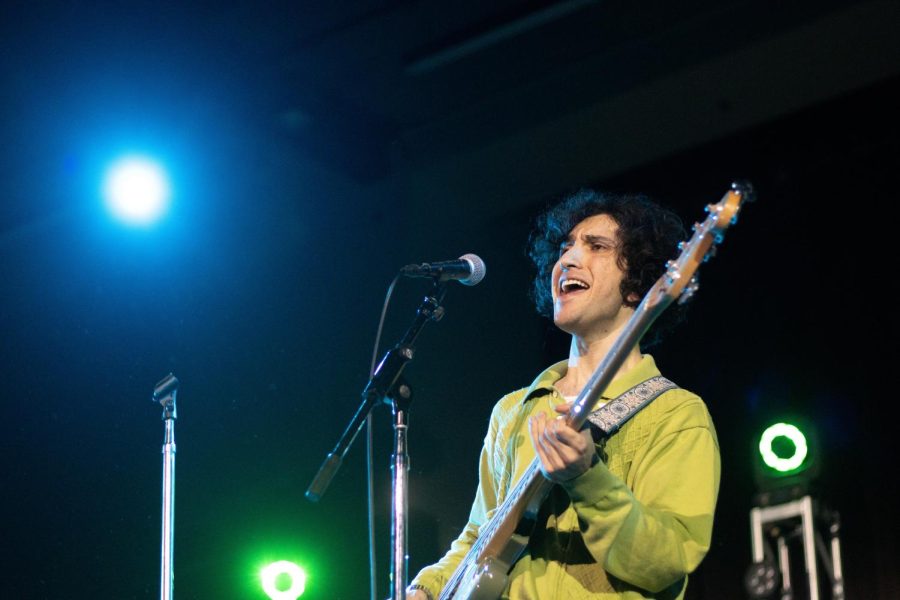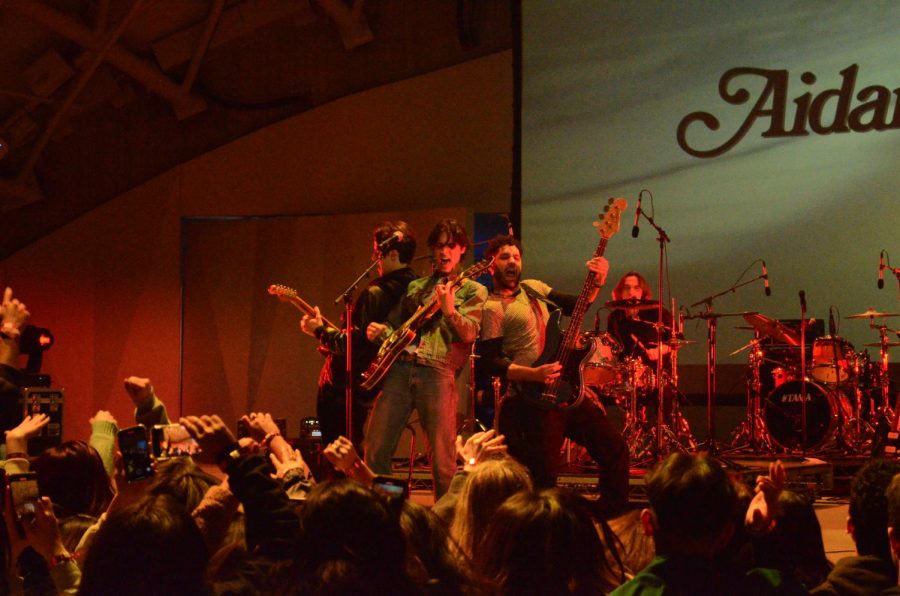How green is UCSD? Maggie Souder, the campus’ new sustainability coordinator, is about to find out.
Souder, a UC Riverside alumna with more than 24 years of experience in environmental preservation, was appointed to the newly created coordinator position before the start of Fall Quarter. The coordinator is responsible for synchronizing all of UCSD’s sustainability efforts in order to increase the effectiveness of the programs and help the university achieve its environmental goals. Souder will work with the many committees, campus departments and student organizations involved in decreasing UCSD’s environmental impact and promoting sustainable living.
“There’s all this effort, but it’s never really been coordinated,” Souder said. “One of the main [tasks] will be to talk to everybody on campus, find out what’s going on and then have a central place where people can go to learn about campus sustainability.”
Souder said she envisions her position as a campus resource, and feels her guidance will allow staff and students to collaborate more effectively by knowing what projects other campus groups are working on.
However, she stresses that campus sustainability requires everyone’s participation, not merely that of a few interested individuals.
“What we’re trying to do is help our planet, and since no one person can achieve that, it’s going to take a real community effort,” she said.
A new arrival to UCSD, Souder began her campus work by meeting with different sustainability groups to discuss their interests and goals, and then making that information available campuswide. However, she hopes to accomplish much more in the coming years.
“My long-term goal is to help the campus be number one in the world in sustainability,” she said. “I want people to look at UCSD and say, ‘not only were they on the forefront of identifying climate changes and world problems, but they’re also engaged in finding the solution.’”
In June 2005, Chancellor Marye Anne Fox established the Environment and Sustainability Initiative, a program that aims to facilitate collaboration between campus departments and schools in order to confront environmental problems.
About six months later, the campus created the Advisory Committee on Sustainability, a group that aspires to increase awareness of and support for sustainability activities at UCSD, while also promoting education and research related to environmentally friendly practices. Souder will work with both of these programs, as well as others involved in facility planning, including student organizations such at the Green Campus Program.
“We have numerous outstanding conservation and energy-management systems that have been implemented and a number of major energy related initiatives in planning,” Interim Vice Chancellor of Resource Management Gary C. Matthews said in an e-mail. “To ensure that we address the need to communicate our successes as well as gather input and suggestions from the campus community, we felt it essential to develop and fund the position.”
Souder will also work to ensure that UCSD complies with the current UC Policy on Sustainable Practices that applies to all UC campuses.
UCSD is already making significant progress in its sustainability efforts, Souder said. The Facilities Management and Transportation and Parking Services campus transportation programs have worked hard to reduce carbon dioxide emissions. Fleet Services has purchased more than 300 electric vehicles for campus use, as well as over 50 hybrid vehicles, and the campus shuttles run on 20 percent biofuel. UCSD also offers several alternative transportation options, including shuttles, carpools, vanpools, Triton Bikes and the Free Bus Zone.
The campus has also undertaken projects to become more energy efficient. The Central Utilities Plant, which powers most of UCSD, has a natural-gas cogeneration facility that supplies about 85 percent of campus energy needs. And in 2006, a 12.8-kilowatt photovoltaic system was installed on top of the Powell Structures Lab to provide solar energy.
However, UCSD hopes to continue expansion and improvement of its sustainability programs. Efforts are being made to increase the amount of renewable energy used on campus from the current 17 percent to 20 percent by 2010, as well as to install enough solar panels to produce one megawatt of solar energy by 2014. The campus also aspires to increase the number of electric vehicles used and to drive shuttles that run on 100 percent biofuel. Souder said she is impressed with the level of enthusiasm she has seen at UCSD regarding environmental action.
“I’ve never seen a campus so engaged and so interested [in sustainability],” she said.
For Souder, a self-confessed “tree-hugger,” environmentalism has been a life-long commitment.
Her passion has fueled her entire career in environmental awareness. At UC Riverside, she started out as a student collecting hazardous waste, and then moved on to hazardous-waste management. She spent her last eight years developing and managing environmental remediation efforts, before having what she calls an “ah ha!” moment and transitioning to work on sustainability programs.
“This is what I’ve been working for all this time,” she said. “The sustainability profession didn’t exist when I started out, but it just feels like such a natural match for what I’ve always wanted to do.”
For now, Souder is focusing her attention on uncovering all the campus has to offer in terms of sustainability, and said she is very excited to test the limits of her new position.
“There’s so much going on and so much interest, that, on one hand, it’s like trying to drink from a fire hose,” she said. “But, on the other hand, I’ve never been happier in my life. It’s a good thing I’m thirsty.”


